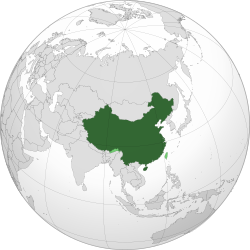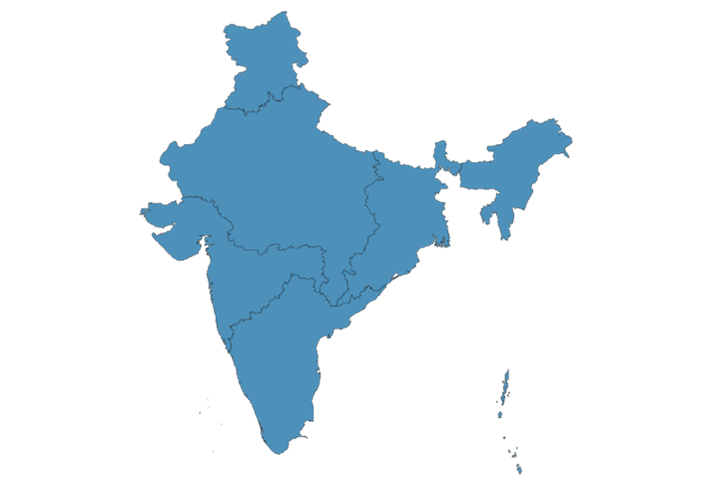Comparing the effectiveness of different governance systems in tackling climate change

Comparing the effectiveness of different governance systems in tackling climate change
by vivienne 03:45pm Jan 03, 2025

1. Democratic Governance Systems
Characteristics
Political Freedom and Transparency: Democracies generally prioritize public participation, transparency, and accountability in decision-making processes.
Pluralism: Multiple stakeholders, including civil society, industry, and the general public, have a voice in climate policies.
Elections: Leaders and policymakers are elected by the public, which can lead to frequent changes in climate policies depending on political cycles.
Strengths
Public Support and Engagement: Democracies often have broad public engagement in environmental issues, with grassroots movements, environmental NGOs, and activist groups playing significant roles in advocating for climate action.
Checks and Balances: The system of checks and balances can prevent harmful policies and ensure that climate policies are well-evaluated and inclusive.
Innovation and Adaptation: Democracies encourage innovation and the use of market-driven solutions to climate challenges, such as through the development of clean technologies and renewable energy industries.
Challenges
Short-term Focus: Due to electoral cycles, democratic governments may prioritize short-term economic growth or immediate political gain over long-term climate action. Policies might change with new administrations, leading to inconsistency and lack of continuity in climate action.
Political Gridlock: In polarized democracies, climate change action can be stalled due to ideological divides, especially when economic interests (e.g., fossil fuels) are strongly tied to powerful lobbying groups.
Slow Policy Implementation: Democratic processes can be slower due to the need for broad consensus-building and negotiations among diverse stakeholders.

Examples
The European Union (EU): As a supranational democracy, the EU has been effective in pushing for climate action through policies such as the European Green Deal and the Emissions Trading System (ETS). However, its effectiveness can be hampered by the need for unanimous decisions across member states with differing economic interests (e.g., coal-dependent countries).
United States: U.S. democratic governance has seen shifting climate policies, with significant progress during periods of democratic leadership (e.g., Paris Agreement under Obama) and setbacks under conservative administrations (e.g., withdrawal from the Paris Agreement under Trump). This inconsistency illustrates how short-term political cycles can disrupt climate action.
2. Authoritarian Governance Systems
Characteristics
Centralized Control: Authoritarian regimes have a strong, centralized decision-making process, often led by a single leader or a small group.
Limited Political Freedom: These systems may suppress dissent, limit political freedoms, and lack a free press, which can impact environmental activism and public debate on climate change.
Long-term Planning: Authoritarian governments often have the ability to implement long-term policies without the disruption of elections.
Strengths
Decisive Action: Authoritarian governments can act swiftly and decisively, implementing large-scale climate projects without waiting for public debate or consensus. This allows for rapid deployment of policies and infrastructure.
Long-term Vision: Without the pressure of regular elections, authoritarian regimes can plan for the long term, focusing on policies that require decades to yield results, such as reforestation programs or major infrastructure investments in renewable energy.
Policy Continuity: Climate policies are more likely to remain stable over time, as there is less risk of abrupt policy changes due to leadership transitions.

Challenges
Lack of Accountability: The lack of political freedom and transparency can lead to inefficient, corrupt, or poorly executed climate policies. There may be little public scrutiny or input on how resources are allocated or how climate policies are implemented.
Human Rights Concerns: Authoritarian governments may prioritize state control and economic growth over environmental protection and human rights. This can lead to climate policies that harm local communities, displace populations, or disregard environmental justice issues.
Limited Public Engagement: Without a vibrant civil society or free press, the government may fail to tap into public knowledge and innovation in solving climate problems. Additionally, suppressed dissent can prevent valuable feedback or activism that might improve policy.
Examples
China: As one of the world’s largest emitters, China has adopted ambitious climate goals, such as reaching carbon neutrality by 2060. The centralized power structure has allowed for rapid implementation of policies, including significant investments in renewable energy infrastructure and electric vehicles. However, the country's approach has been criticized for prioritizing economic growth over environmental standards and human rights (e.g., environmental degradation in rural areas).
Singapore: Singapore, while an authoritarian state, has successfully integrated sustainability into its governance. Through stringent regulations and a top-down approach, it has implemented policies that focus on green urban planning, energy efficiency, and clean technology.

3. Multilateral Governance Systems
Characteristics
International Collaboration: Multilateral systems involve multiple countries or international organizations working together to address global challenges like climate change.
Coordination and Consensus: Multilateral governance requires countries with different political systems, economies, and cultures to find common ground and work together.
Strengths
Global Scale: Climate change is a global problem, and multilateral governance offers a platform for collective action across borders. International agreements like the Paris Agreement bring together countries with varying levels of resources and priorities to make coordinated commitments to reduce emissions.
Pooling Resources and Expertise: Multilateral systems allow countries to pool financial resources, technological expertise, and knowledge to tackle climate challenges, especially in developing countries that may not have the means to address climate change alone.
Diplomatic Pressure: International agreements and frameworks can provide diplomatic leverage, encouraging countries to meet their climate commitments through peer pressure, sanctions, or incentives.
Challenges
Lack of Enforcement: While multilateral agreements can set ambitious goals, enforcing compliance is often difficult. Countries may fail to meet emissions targets or provide the necessary financial commitments, and there is often no global authority to hold them accountable.
Varying National Interests: Countries have different economic priorities, development levels, and energy dependencies, which can make reaching consensus on global climate policies difficult. Richer countries may be reluctant to pay for climate action in poorer countries.
Slow Negotiation Process: Reaching agreements on climate change in multilateral settings can be slow due to the need for unanimous decisions or compromises between nations with conflicting interests.
Examples
United Nations Framework Convention on Climate Change (UNFCCC): The UNFCCC is an example of multilateral governance in tackling climate change. The Paris Agreement, signed in 2015, brought together almost every country in the world to commit to limiting global warming to well below 2°C. However, challenges remain in terms of enforcement and ensuring that all countries meet their pledges.
World Bank and International Monetary Fund (IMF): These institutions play a crucial role in providing funding and technical assistance for climate projects, particularly in developing countries. However, critics argue that their approach may prioritize market-based solutions over more radical systemic changes.

4. Hybrid or Mixed Governance Systems
Characteristics
Combination of Democracy and Authoritarianism: Some countries use a hybrid model, where there is both democratic participation and a strong central government capable of making decisions quickly.
Collaborative Networks: These systems often involve collaboration between public, private, and non-governmental actors to achieve climate goals.
Strengths
Flexibility: Hybrid systems can combine the best of both worlds—flexible decision-making processes with the ability to implement policies rapidly.
Multi-Stakeholder Engagement: These systems can balance public participation with centralized action, fostering both innovation and effective policy deployment.
Challenges
Conflicting Interests: Hybrid systems can sometimes face internal conflicts between democratic processes and authoritarian control, which can complicate climate governance.
Lack of Clear Accountability: In some hybrid systems, accountability mechanisms may be unclear, leading to inefficiencies or lack of progress.
Examples
India: India’s governance system blends elements of democracy with a strong central government that has implemented large-scale renewable energy projects and climate action plans. However, regional differences, economic concerns, and industrial lobbies complicate the implementation of national climate policies.







